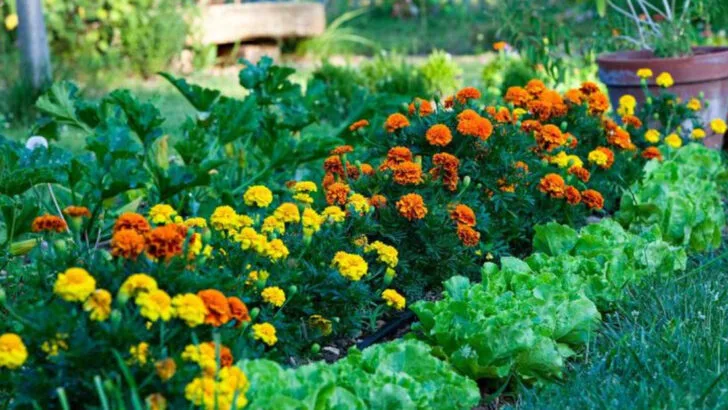If you think companion planting is just for vegetable patches, think again. Certain plant combinations don’t just look good together—they actually help each other grow better. From enhancing nutrient uptake to naturally repelling pests, the right duo can make your garden more resilient, productive, and surprisingly low-maintenance.
While many gardeners are familiar with classic pairs like tomatoes and basil, this list dives into unexpected matches that go beyond the usual suspects. We’re talking about ornamental flowers supporting leafy greens, or herbs quietly protecting their neighboring fruits. These pairings aren’t just pretty—they’re smart, functional, and rooted in centuries of observation.
Whether you’re working with containers on a balcony or have rows of raised beds, these 19 unusual combinations will boost your garden’s health and even help reduce your workload. Try a few, and you might just discover that your plants grow better—and happier—together.
Carrots and Radishes
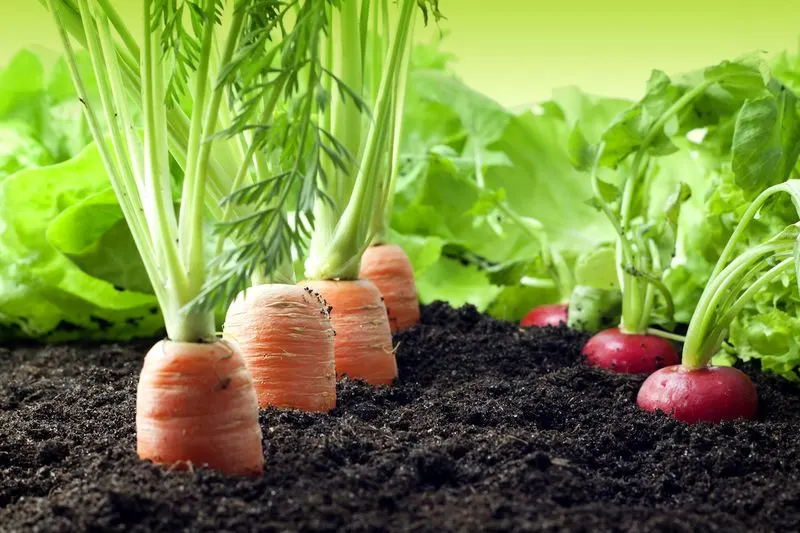
Carrots and radishes make an intriguing pair in the vegetable patch. Radishes mature quickly, breaking up the soil, which allows the slower-growing carrots to thrive in the loosened earth. This duo ensures a continual harvest season, keeping your garden productive. Radishes also repel pests that typically target carrots, providing a natural form of protection. Their contrasting colors add visual appeal, making them a delightful addition to any garden aesthetic.
Tomatoes and Basil

Tomatoes and basil are a classic culinary combination, but they also harmonize in the garden. The aromatic oils released by basil plants can deter pests like aphids and tomato hornworms from bothering the tomatoes. Additionally, basil’s compact growth habit doesn’t overshadow the taller tomato plants, allowing both to receive ample sunlight. This pairing not only enhances the flavors in your kitchen but also promotes healthy growth in your garden.
Corn and Beans
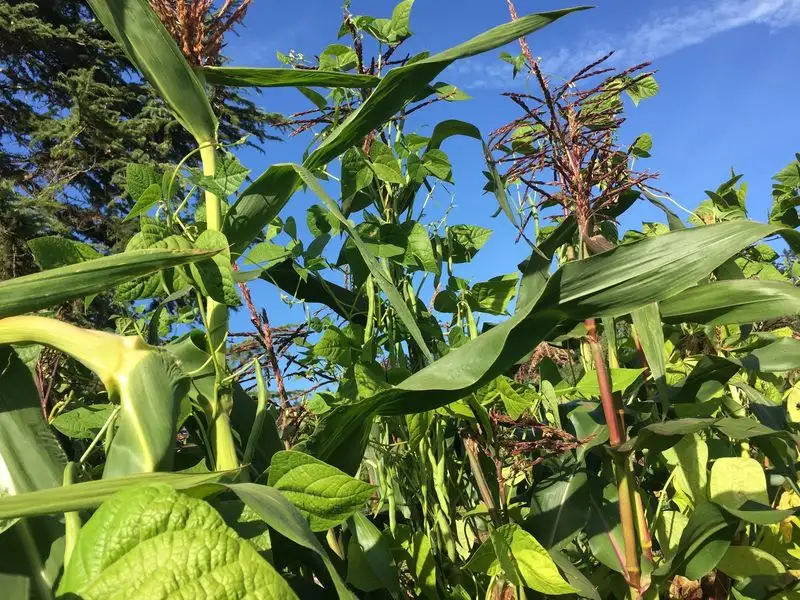
Corn and beans, often part of the traditional “Three Sisters” planting method, support each other beautifully. The corn provides a natural trellis for the climbing beans, which in turn fix nitrogen in the soil, benefiting the corn’s growth. This age-old pairing is not only efficient but also sustainable, reducing the need for synthetic fertilizers. Their combined growth forms a natural windbreak, shielding other plants from harsh weather.
Cucumbers and Nasturtiums
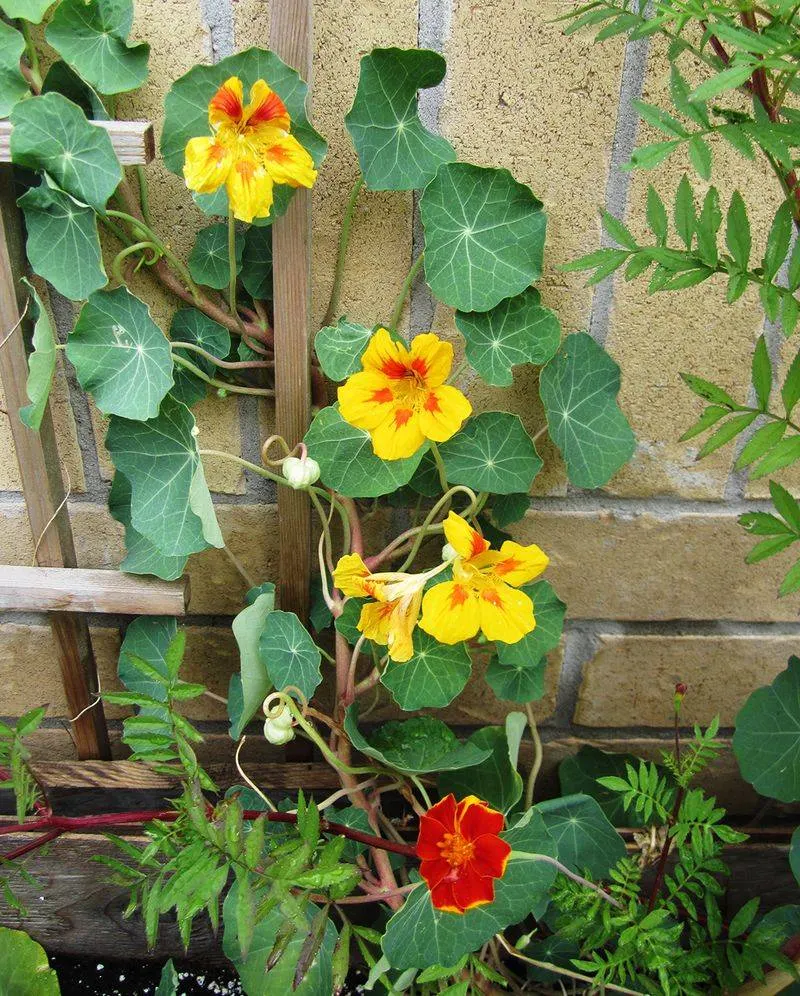
In the realm of companion planting, cucumbers and nasturtiums create a dynamic duo. The vibrant nasturtiums attract pollinators and beneficial insects that can help boost cucumber yields. Their sprawling nature acts as a living mulch, keeping the soil moist and reducing weed growth around the cucumber plants. Beyond their functional benefits, the bright nasturtiums add a splash of color, making them a gardener’s favorite.
Roses and Garlic
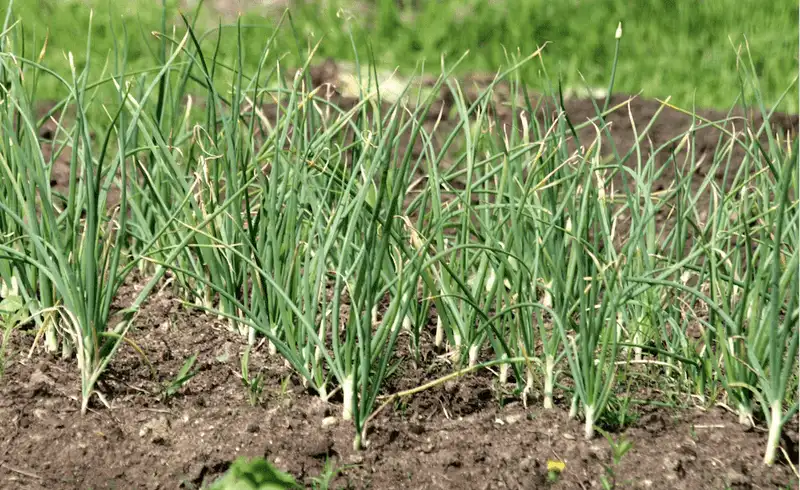
Roses, while beautiful, are often plagued by pests and disease. Planting garlic at their base acts as a natural deterrent for aphids and helps prevent fungal infections. The sulfur compounds in garlic are thought to bolster plant immunity, making roses more resilient. This pairing not only enhances the health of the roses but also creates a unique blend of scents, adding olfactory interest to your garden.
Lettuce and Marigolds
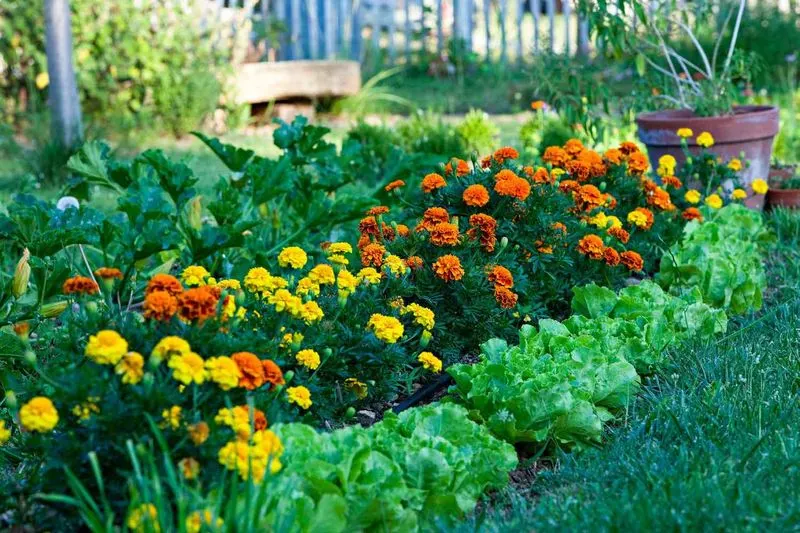
Lettuce and marigolds are a colorful and functional combination. The marigolds exude a scent that deters nematodes and other pests, ensuring the lettuce grows unblemished. Their bright petals attract beneficial insects, aiding in pollination and pest control. This duo thrives in similar conditions, making them easy to care for and a vibrant addition to any vegetable garden, promoting a healthy and visually appealing space.
Strawberries and Borage
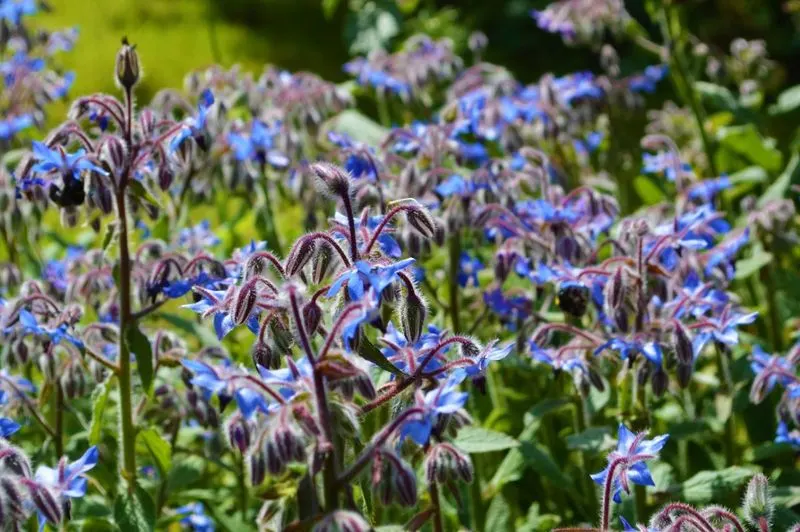
Strawberries and borage form a mutually beneficial relationship in the garden. Borage attracts pollinators that increase strawberry yields, while its leaves act as a mulch, retaining soil moisture. The bright blue flowers of borage add a visual contrast to the red strawberries, creating a visually stunning and productive garden bed. This pairing not only improves the health of the strawberries but also enhances their flavor.
Cabbage and Dill
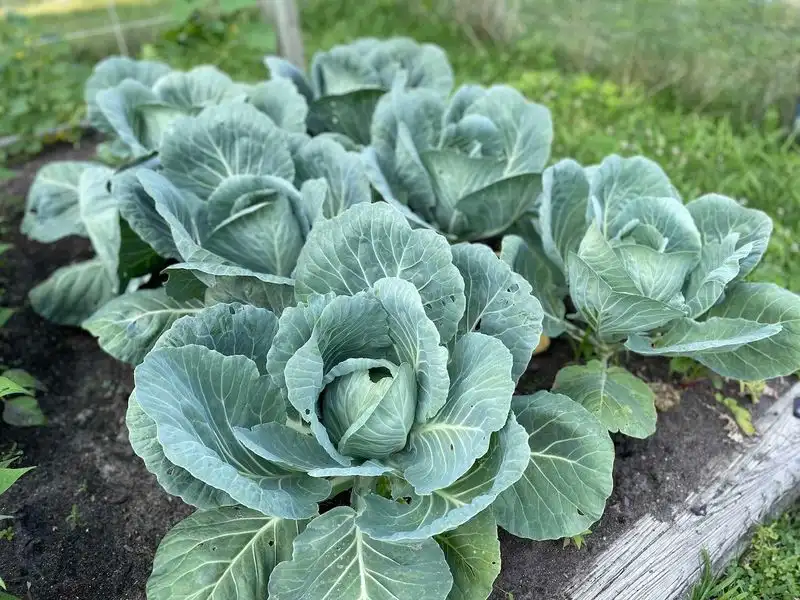
Cabbage and dill are a harmonious pairing, offering both aesthetic and practical benefits. Dill attracts beneficial insects, such as ladybugs and parasitic wasps, which help control cabbage pests. The feathery leaves of dill provide a soft contrast to the sturdy cabbage heads, creating a dynamic visual element. This combination not only aids in pest control but also enriches the garden’s diversity, making it a favorite among gardeners.
Peas and Mint
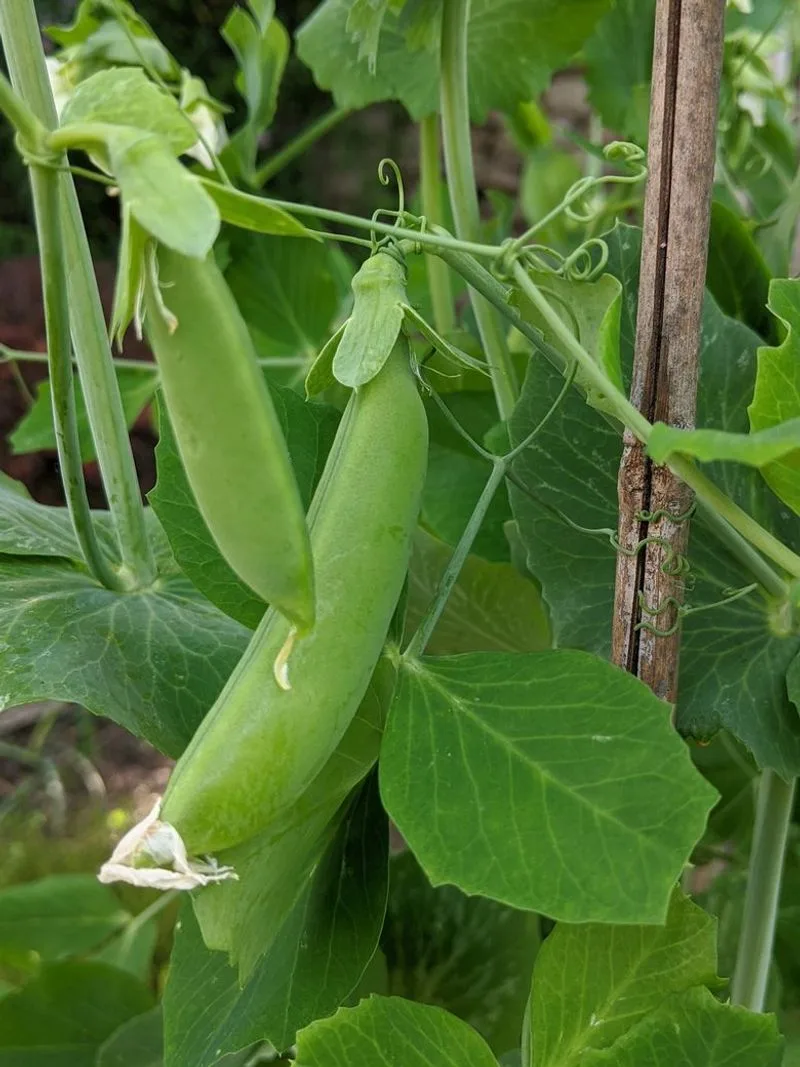
Peas and mint may seem an unlikely duo, yet they complement each other well. Mint’s aromatic nature deters pests that might otherwise target peas, allowing for a healthier crop yield. Both plants enjoy similar growing conditions, making them easy to cultivate together. The vibrant green of mint against the pea vines offers an aesthetic appeal, while the combination can enhance flavor profiles in culinary dishes, delighting your taste buds.
Spinach and Radishes
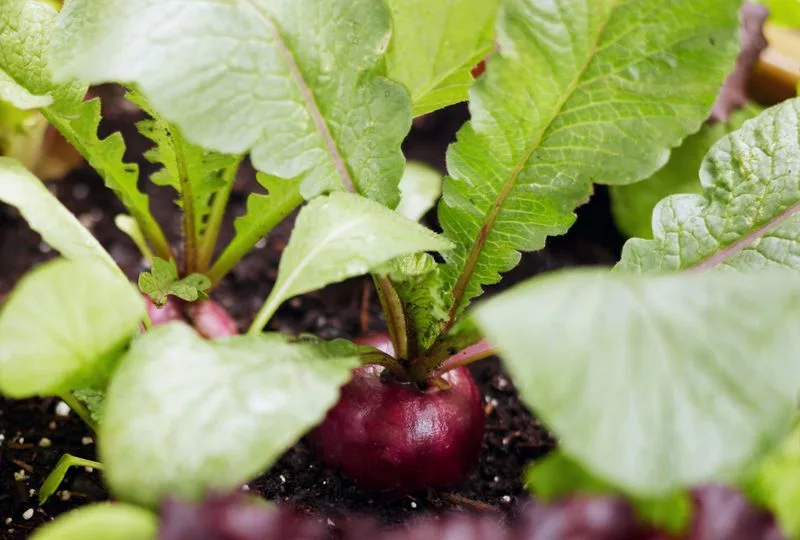
Spinach and radishes create a practical and efficient gardening partnership. Radishes mature quickly, allowing for early harvest and thinning of the garden bed, which gives spinach the room to spread and grow robustly. Radishes also serve as a natural deterrent for leaf miner pests, which can damage spinach leaves. This pairing is not only effective for pest management but also ensures a continuous harvest, maximizing garden productivity.
Broccoli and Calendula
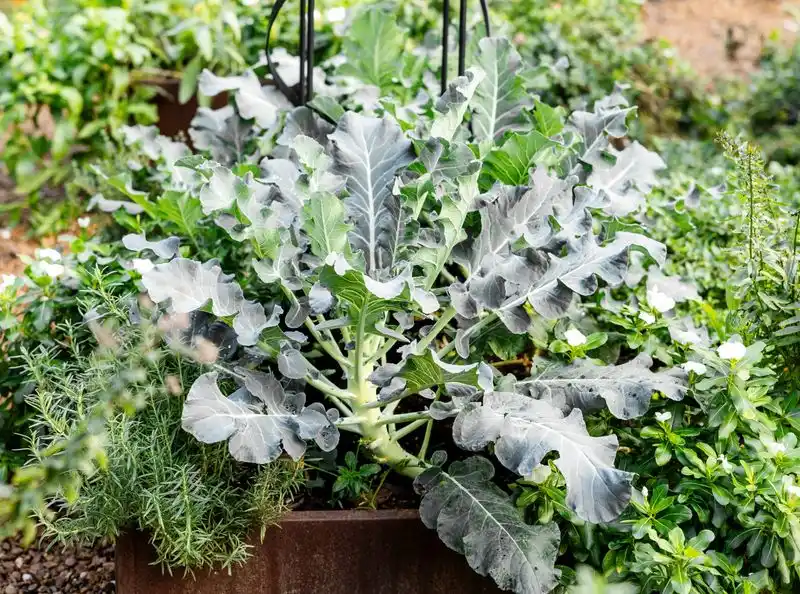
Broccoli and calendula bring together beauty and practicality in the garden. Calendula’s bright flowers attract pollinators and beneficial insects, enhancing broccoli’s growth and health. The calendula also serves as a trap crop for aphids, drawing them away from the broccoli. Besides their protective benefits, the contrasting colors of green and gold create a captivating visual appeal, making this pair a favorite for gardeners seeking beauty and function.
Eggplants and Amaranth
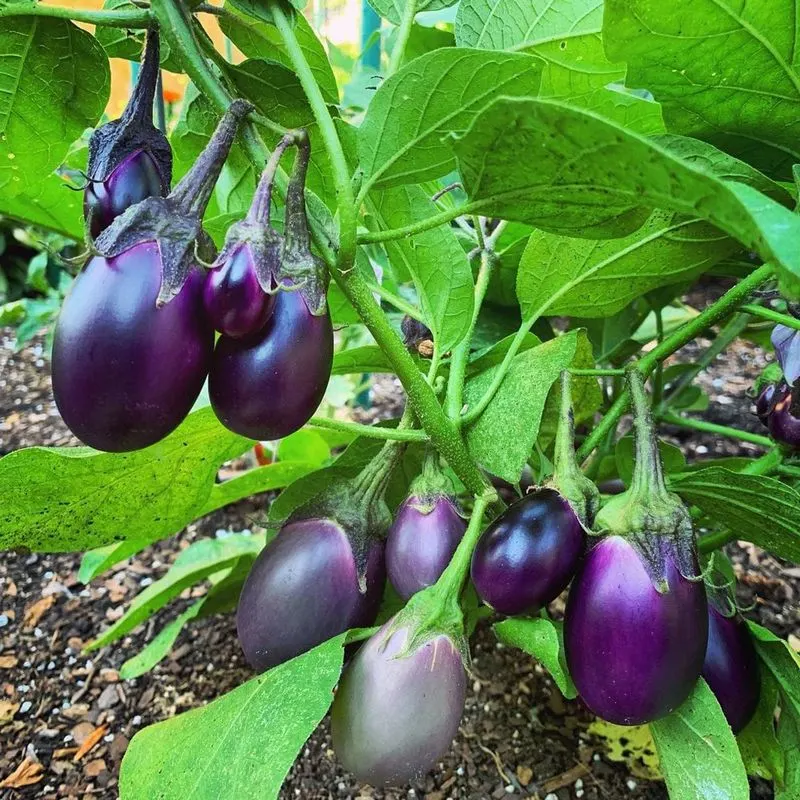
Eggplants and amaranth make a striking pair in the garden, both visually and functionally. Amaranth provides shade for the eggplants, reducing stress from intense sunlight and conserving soil moisture. In return, eggplants offer a protective habitat for amaranth’s beneficial insects. This pairing not only supports healthy plant growth but also introduces a rich tapestry of colors and textures, turning a typical garden into a visual masterpiece.
Sunflowers and Cucumbers
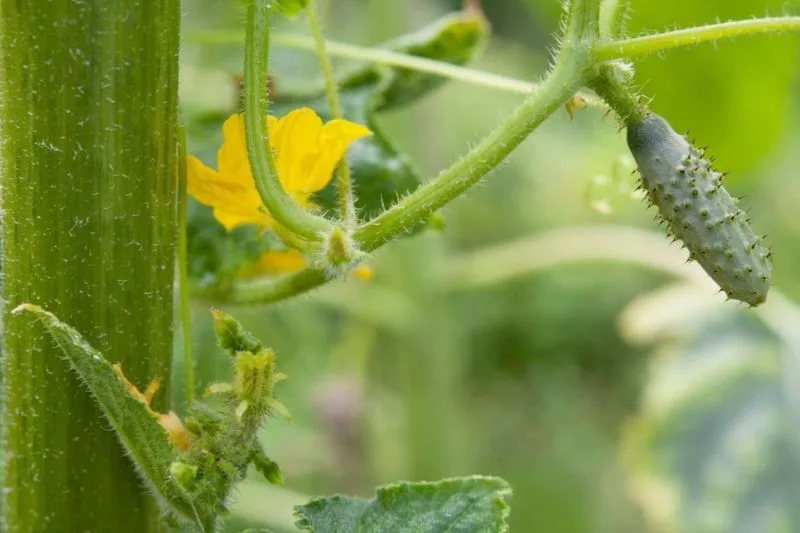
Sunflowers and cucumbers might seem like an odd pair, but they offer a perfect balance. The tall sunflowers provide a natural trellis for cucumber vines to climb, maximizing vertical space. Sunflowers also attract pollinators, boosting cucumber production. This combination allows for efficient use of garden space and fosters a supportive environment for both plants, showcasing a unique blend of vertical and horizontal growth.
Beets and Onions
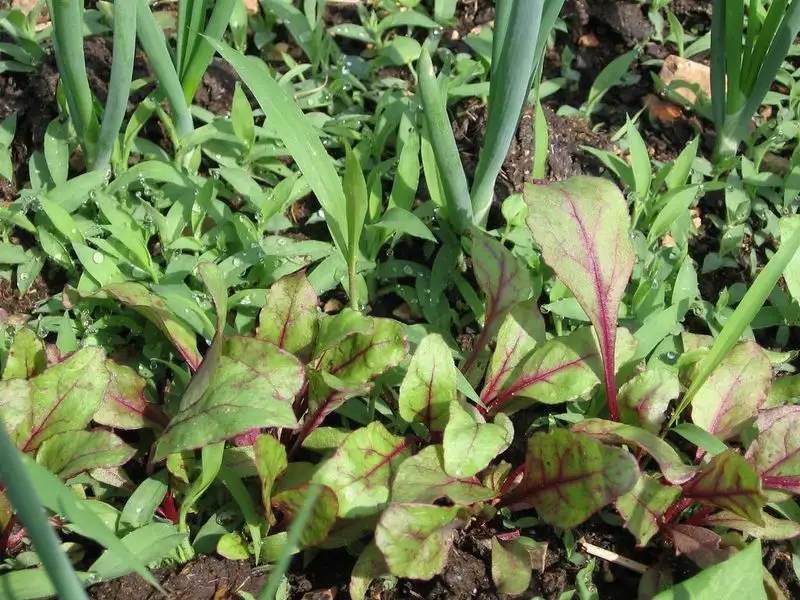
Beets and onions form a symbiotic relationship that benefits both crops. Onions naturally deter pests that might otherwise feast on beets, while beets’ deep roots help aerate the soil, promoting onion growth. This pairing not only enhances plant health but also optimizes garden space. With their contrasting colors and complementary growth habits, beets and onions create a balanced and aesthetically pleasing garden area.
Pumpkins and Nasturtiums
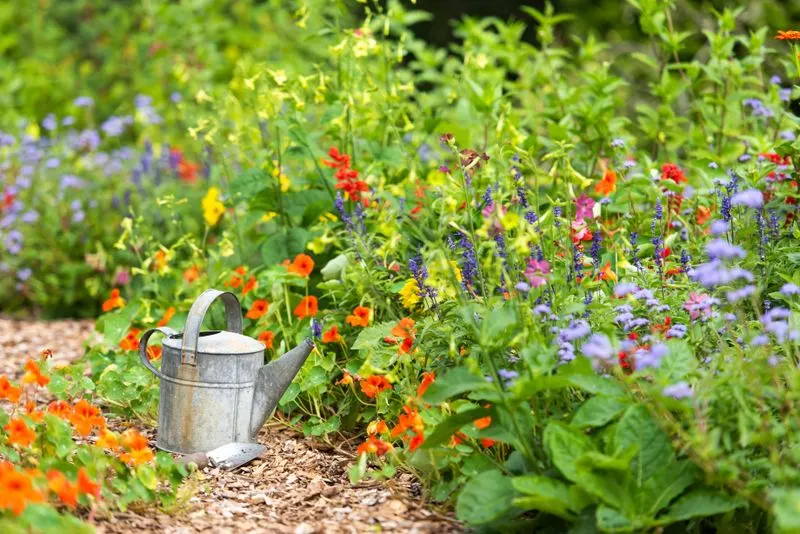
Pumpkins and nasturtiums create a vibrant and protective garden duo. Nasturtiums act as a natural pest deterrent for the pumpkins, keeping squash beetles and aphids at bay. Their rapid growth covers soil effectively, suppressing weeds and retaining moisture. This pairing not only ensures a healthier pumpkin yield but also adds a splash of color to the garden. The sprawling nature of both plants creates a lush, ground-covering tapestry.
Zucchini and Beans
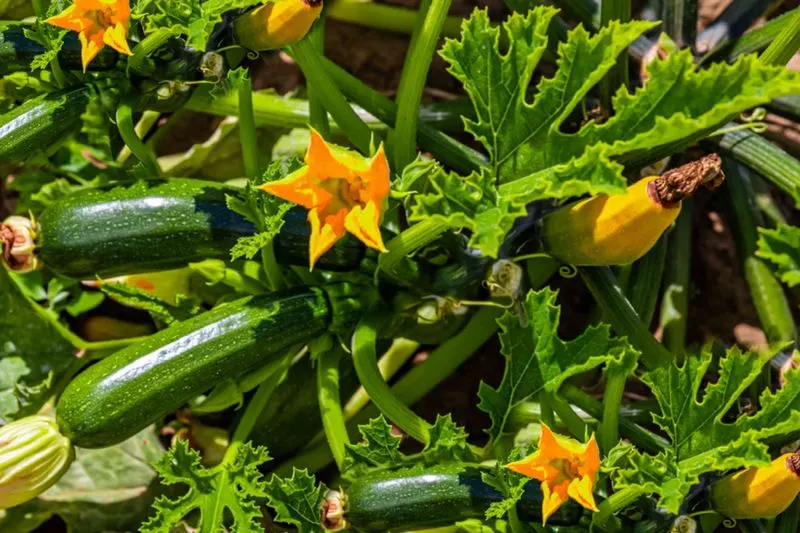
Zucchini and beans have a mutually beneficial relationship, with beans fixing nitrogen in the soil, enriching it for zucchini growth. The sprawling nature of zucchini provides ground cover, suppressing weeds that could compete with the beans. This combination not only enhances soil fertility but also maximizes garden productivity, offering a continual harvest throughout the growing season. The pairing creates a harmonious and efficient garden space.
Chives and Carrots
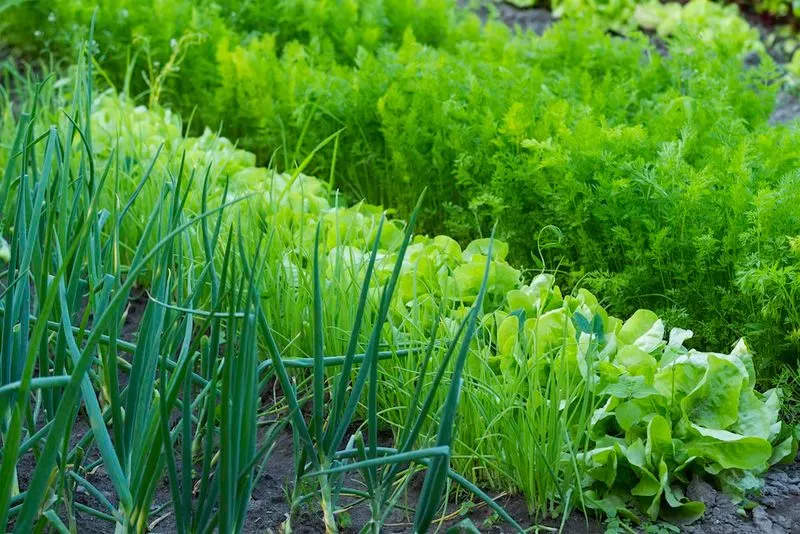
Chives and carrots work together harmoniously in the garden. Chives emit a strong scent that deters carrot flies, a common pest for carrots. Their growth habits complement each other, as chives don’t overshadow the sun-loving carrots. This pairing not only enhances plant health but also adds a subtle onion-like flavor to your harvests. The combination of textures and scents creates a refreshing and practical garden arrangement.
Asparagus and Parsley
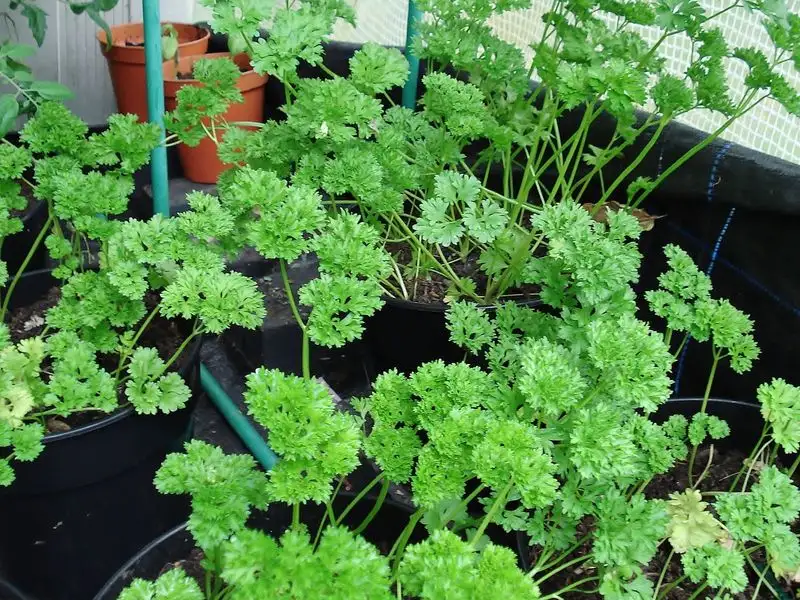
Asparagus and parsley present a harmonious gardening duo, with parsley’s compact size fitting perfectly at the base of asparagus stalks. Parsley attracts beneficial insects that aid in pollinating asparagus, while also repelling pests that can threaten the stalks. This pairing is not only efficient in space usage but also enhances plant health, making them a favorite for gardeners seeking a productive and visually appealing garden.
Lavender and Brassicas
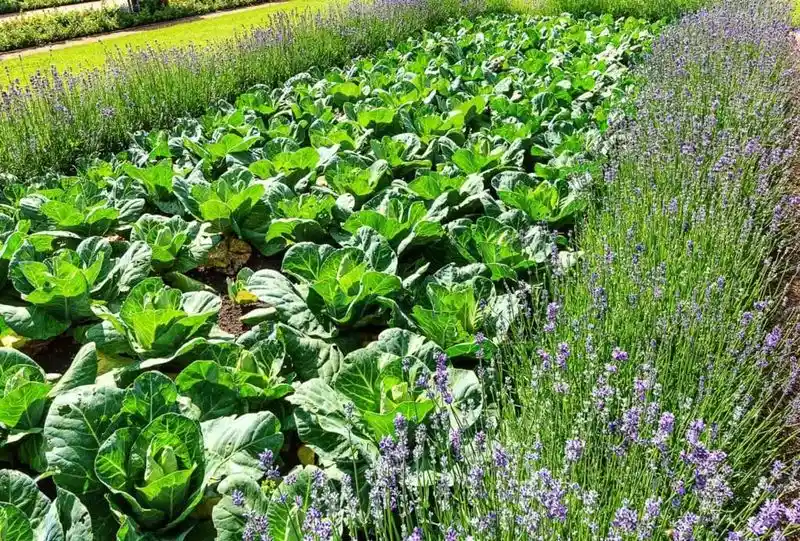
Lavender and brassicas, such as cabbage and broccoli, create a fragrant and functional garden partnership. The aromatic oils in lavender repel pests that commonly target brassicas, reducing the need for chemical interventions. Lavender’s purple blooms contrast beautifully against the green hues of brassicas, offering a picturesque garden scene. This pairing not only enhances plant health through natural pest control but also elevates the garden’s aesthetic appeal.

